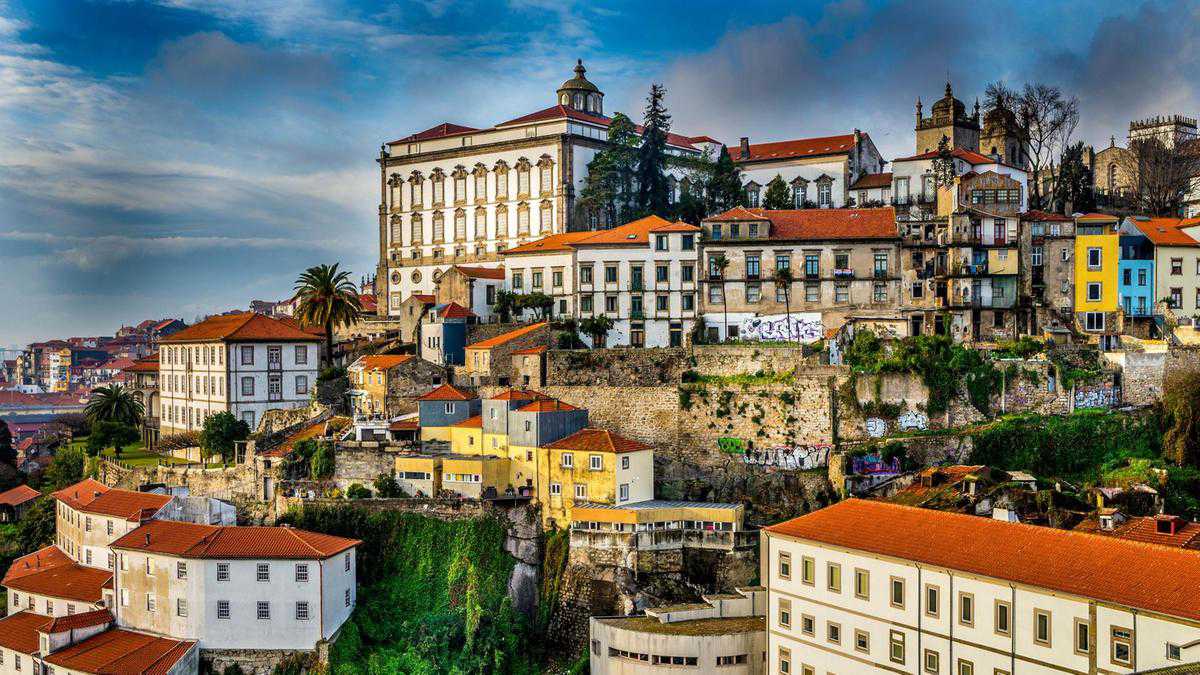On the move: Why secondary cities aren't always second best

Image collected
Many travellers globe-hop according to curated bucket lists that contain some of the most famous landmarks in the world. Who doesn’t want to see Paris’s Eiffel Tower, London’s Big Ben or New York’s Statue of Liberty?
Typically, these tourist draws are located in a country’s most-visited cities, and when they arrive in such destinations, travellers know they’re going to have to deal with long queues, crowded restaurants and inflated hotel rates. But we do it anyway because, let’s be honest, most of our bucket lists couldn’t be completed without seeing them.
But once you’ve visited the landmarks, what next? After a trip to Porto in the north of Portugal a few weeks ago, I think I have the answer. Move away from the hotspots and visit another part of the country. You’ll still find plenty worth seeing.
Emirates has just launched flights to Porto, so the city is gearing up to welcome a new batch of travellers from the Middle East. Going from my own experience, tourists who journey to this waterfront city about 300 kilometres north of Portugal’s capital, Lisbon, definitely won’t be disappointed.
Porto is truly welcoming. Expect helpful concierge staff and waiters that are more than happy to recommend their favourite dishes. That’s one of the things you notice when comparing a secondary city such as Porto (which welcomes about 1.6 million visitors a year, according to the Institute for Tourism Planning and Development), to its big sister Lisbon, where more than 4.5 million tourists flock annually.
Granted, there are small queues for tourists keen to cruise down the Douro River, but waiting times are about 10 minutes. Compare that to somewhere like Amsterdam, where tourists wait for hours to take boat tours of its popular waterways.
The tallest building in Porto is the Clerigos Tower. It is 76 metres tall, but arrive early and you’ll have the whole place to yourself. Climb up the narrow stairwells, past the original bell chamber – still used occasionally – and out on to the viewpoint, and you’ll feel like you’re the city’s only visitor. The entrance fee is also only €5 (Dh20).
When it comes to hotels, even some of the best options, such as the Pestana Vintage Porto Hotel – World Heritage Site, offer reasonable rates year-round. Coupled with more than 2,000 years of history, it’s one of the best places to explore the city’s Ribeira Square. Also, don’t worry if you don’t have a dinner reservation. Find a place you like the look of, give the waiter your name, grab a drink nearby and you’ll have a table set up in no time.
This isn’t limited to Portugal. The rise of secondary cities across the world is notable. As airlines open up more direct flights to more destinations, talented designers, curators, artists and chefs are returning to their regional roots to breathe new life into their home towns.
Look, for example, to Sao Paulo, a place often overlooked in favour of Rio de Janeiro’s natural beauty, but which is becoming a foodie hotspot, or Rotterdam in the Netherlands, a city that offers less crowded streets than Amsterdam, served with an edge of cool.
Skip the shockingly expensive hotel rates in the Dam and check-in at Rotterdam’s reasonably priced Hotel New York, in the former office building of the Holland America Lines, where many emigrants last stood on European soil before setting sail for a new life in North America. It’s captivating.
If you’re seeking a place where you can really get under a destination’s skin, pinpoint that big city you were planning to visit and then shift your focus a bit.
Source: https://www.thenational.ae
Tags :
Previous Story
- Forget fridge magnets, why art is the perfect...
- Holiday season sees increase in travel
- Facebook may let you turn off obnoxious in-app...
- These are the worst times for Memorial Day...
- A look ahead at summer travel
- 2019's most expensive cities for business travel
- Bangladesh could take over workplace safety despite 'shocking...
- The Division 2 feels more alive, filled with...